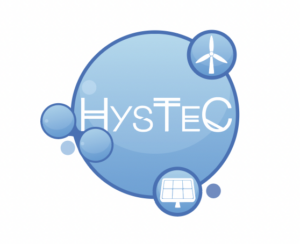In line with the objectives of the European Green Pact, in order to accelerate the fight against climate change and to achieve the regional, national and European targets of 2030 and 2050, as well as to reduce the dependence on fossil fuels from abroad, it is necessary to intensify the use of renewable energy sources, which can provide a clean and secure energy supply and flexibility to the energy system. In this scenario, the use of green hydrogen as an energy vector has an important role to play, given its high technical capacity and zero associated emissions.
Aligned with the objectives to achieve an emission-free system, the HySTEC project was born, where sustainable technological solutions for the production and use of renewable hydrogen will be developed. The first step will be to optimize the operation of the hydrogen pilot plant obtained from renewable energy sources and considering energy storage in batteries.
Spain has quadrupled the 2023 target for green hydrogen production, 15.5GW, for the use of green hydrogen in industry and mobility applications. The challenge is to improve hydrogen production and consumption equipment in terms of efficiency, optimize its operation and reduce production costs, as well as the associated energy consumption. In this context and within the framework of the HySTEC project, a test bench for the characterization of electrolysis cells and stacks will be updated, increasing capacities, while carrying out a sensitivity analysis of the most critical variables in the renewable hydrogen production process.
In relation to the use of hydrogen in fuel cells, although they are devices with a relative technological maturity, they are dependent on critical raw materials, with associated CO2 emissions and a high cost. In the HySTEC project, sustainable electrodes will be developed, through the formulation of catalytic inks developed from carbonaceous materials from biomass with agroforestry origin, for application as electrodes in proton exchange fuel cells. Aiming to develop more efficient, economical and sustainable components.


